Acton Lake a training ground for lake scientists
1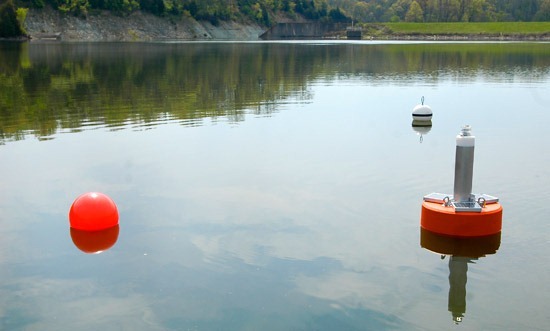
This newly installed water quality monitoring data buoy will help PhD candidates and university researchers learn more about Acton Lake’s ecology.
Tucked away within the 3,600-acre Hueston Woods State Park in southwest Ohio is the tranquil Acton Lake. We recently visited the lake to help Miami University and Kent State University PhD candidates install water and meteorology monitoring stations that will help them study the lake’s ecology.
Acton Lake was formed as an impoundment of Four Mile Creek when it was dammed in the summer of 1956. The reservoir serves as the emergency drinking water supply for the city of Oxford and has been the site of ongoing research for decades. And with bass, bluegill, crappie, and catfish, it is also a productive fisheries site.
In many ways, it’s an ideal site to learn how various factors influence lake water quality. It has a large watershed, which makes it responsive to environmental disturbances. Plus, there’s already a long-term data set for the students to reference during their research.
The new monitoring system includes a NexSens data buoy located at the deepest point of the lake, 25 feet deep, near the dam. Underneath the buoy is a multi-point temperature string and a YSI sonde with pH/ORP, conductivity, dissolved oxygen, optical chlorophyll, phycocyanin, and turbidity sensors.
The phycocyanin sensor notifies researchers and students of harmful algal blooms, which occasionally appear in the lake.
There’s also a meteorology station on shore near the buoy that will provide data about rain events, among other information. Acton Lake experiences periodic spikes in turbidity when it rains, and the weather monitoring system will help researchers time visits to the lake while these visible brown plumes are present, allowing them to measure turbidity and nutrient levels in and around the plume.

Kevin Rose, a PhD student in Miami University’s Department of Zoology and Lake Scientist co-editor, installs a multi-parameter weather sensor on a new meteorological station on shore near Acton Lake.
Acton Lake’s beautiful and calm waters make it a common destination for family boating, and hopefully the research aided by this new monitoring system will help it stay that way for years to come.
For more photos from the Acton Lake deployment, see our album from the trip on Flickr.




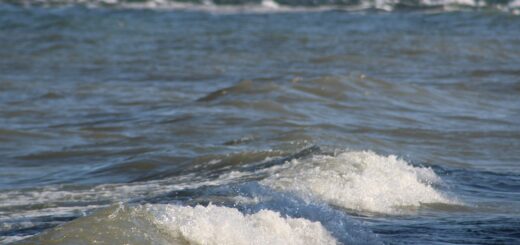
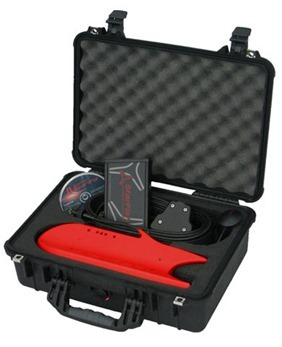
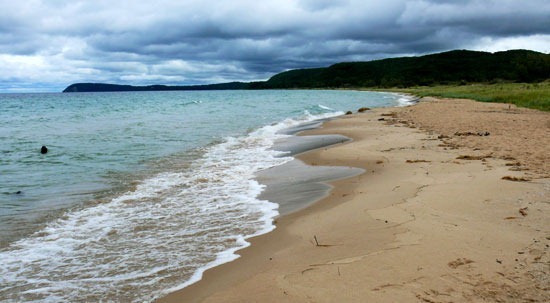
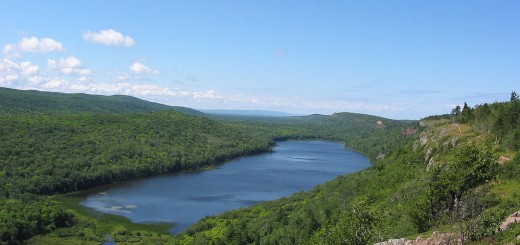






[…] that could benefit from meteorological data. For example, Acton Lake in southwest Ohio experiences periodic spikes in turbidity when it rains. A near by meteorology station using the WXT520 helps researchers time visits to the […]